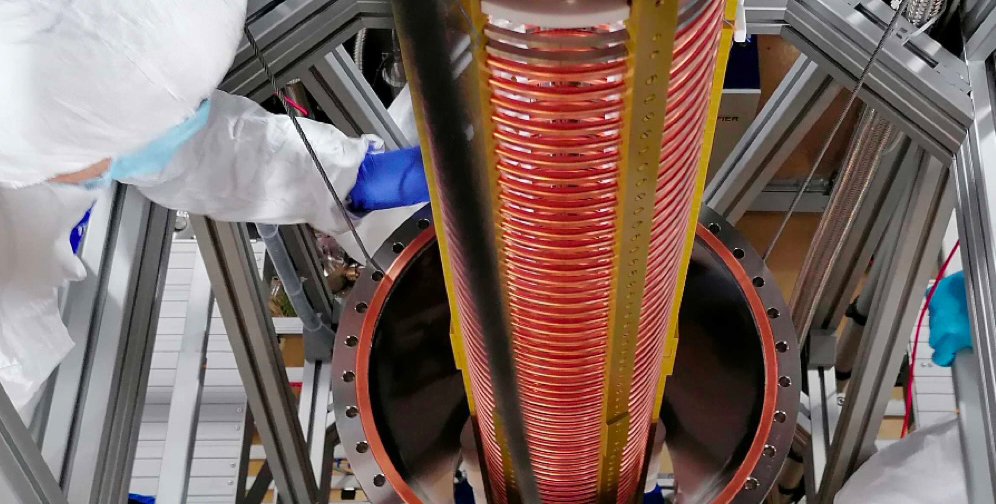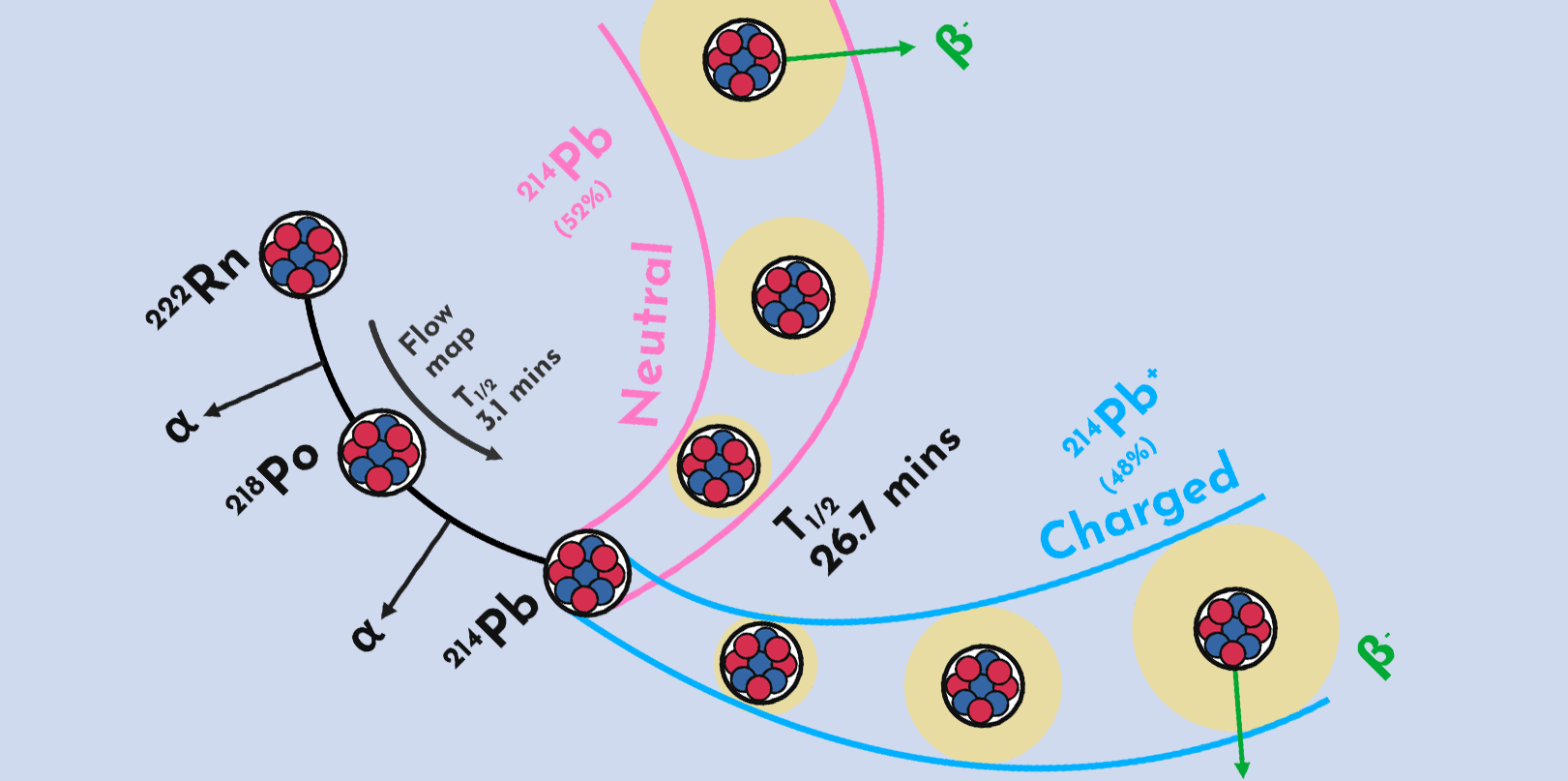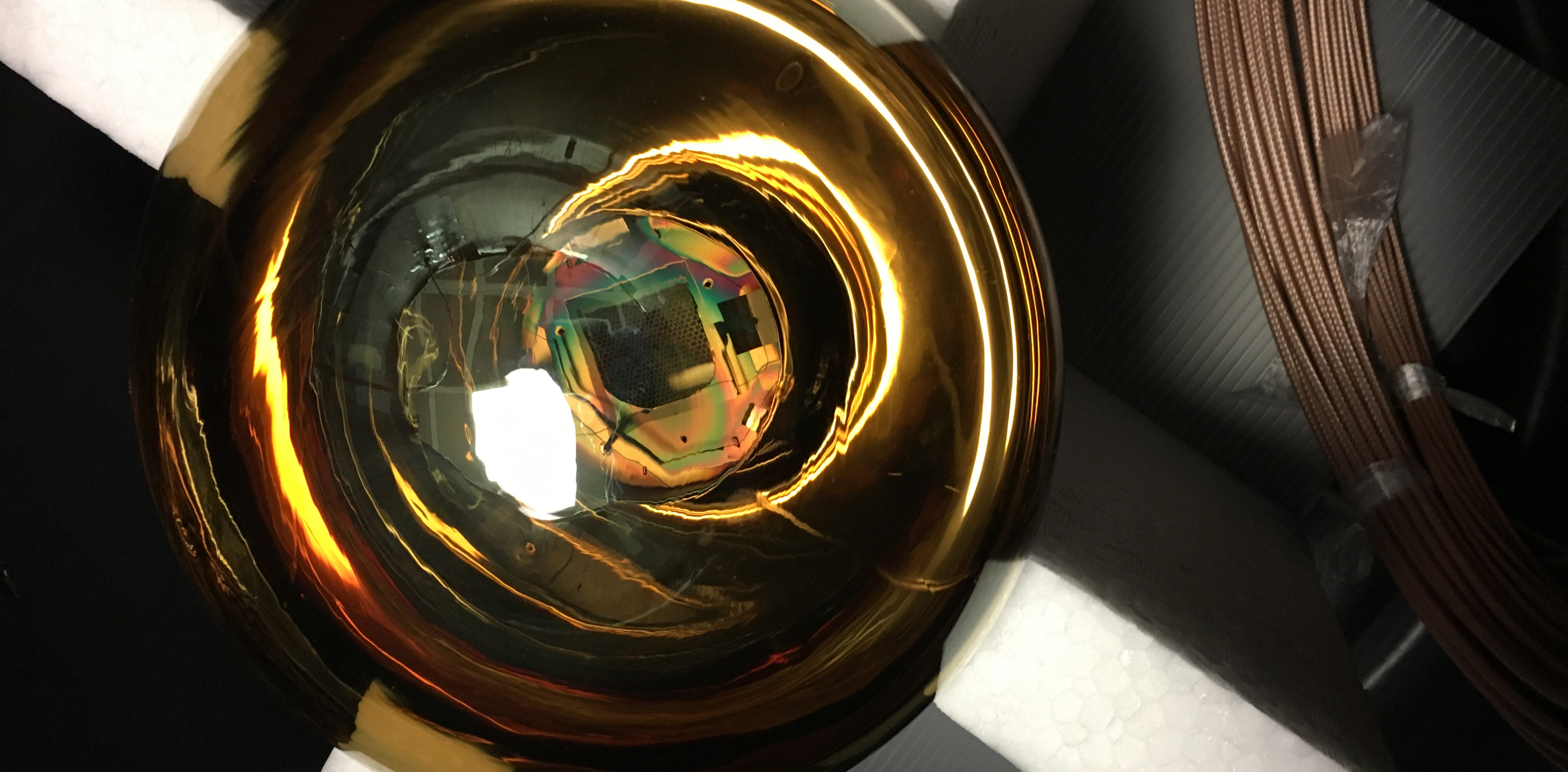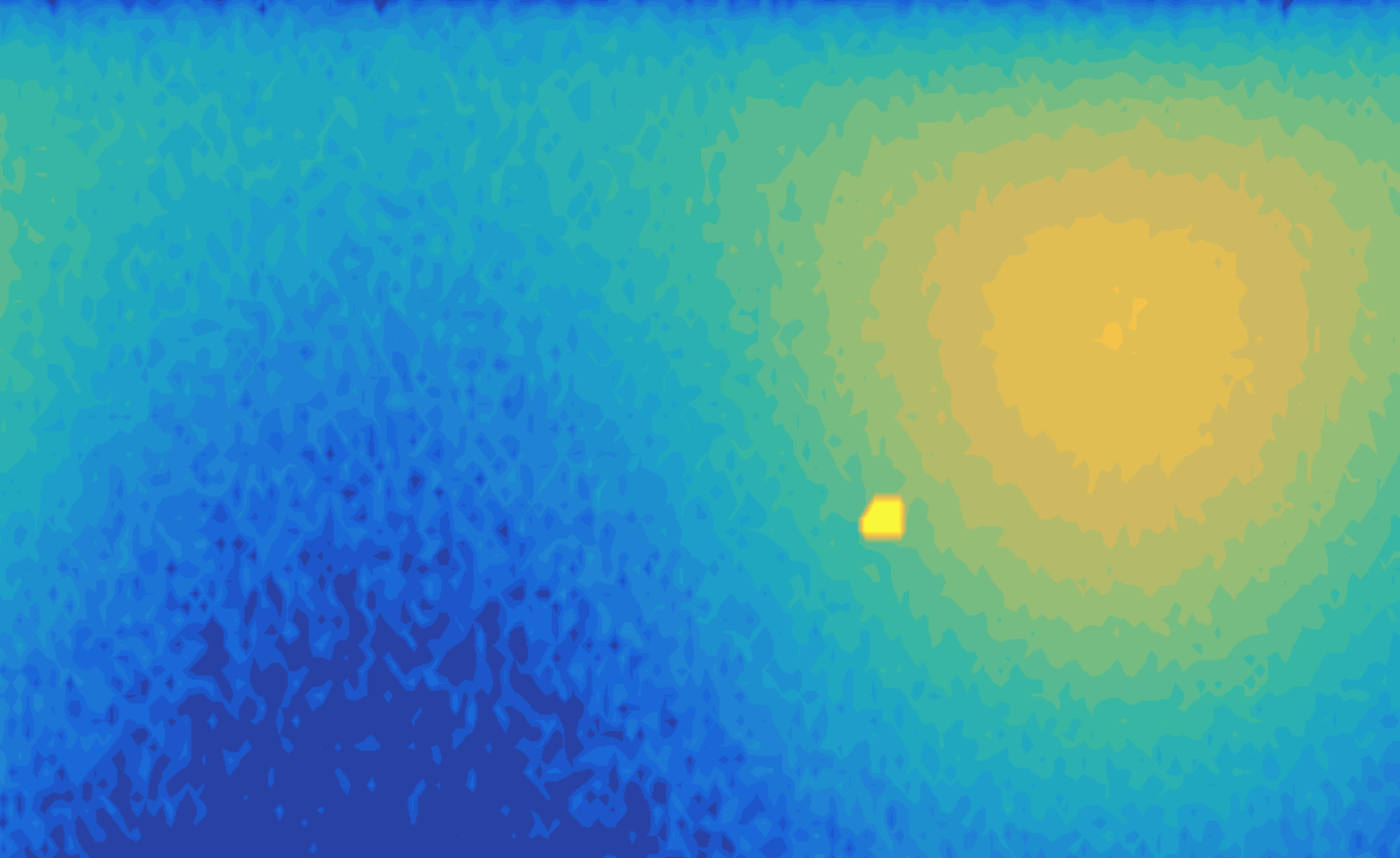Physics Research
Socialising with an antisocial Universe
Dark Matter and Liquid Xenon

XLZD/DARWIN R&D
In my second postdoc at the University of Zurich I now engage with the R&D community that is thriving here. I am involved in the Xenoscope and MarmotX projects which are each testing a unique aspect of liquid xenon detectors for the next generation of experiments. I am also working on proposals to expand the R&D efforts by building my own Xenon system.

Radon tagging in LZ
In my first postdoc at Imperial College I focused on Radon-chain decays in the LUX-ZEPLIN (LZ) experiment, achieving the tagging of over 60% of all Pb-214 decays. Pb-214 composes more than half of all low energy events observed by LZ within the Dark Matter region of interest and is usually mitigated through material screening and costly removal systems.

First LZ Background measurement
During the commissioning phase of the experiment I carried out the first background measurement, while the TPC still only contained xenon gas and before construction of outer detector elements were finished. My work provided the first measurement of radon backgrounds for which I had to develop my own trigger and calibration methods.
Constructing LZ
During my PhD I spent a total of seven months working at the Surface Assembly Lab of the Sanford Underground Research Facility in South Dakota where I served as the lab’s Cleanliness Monitor. I was responsible for procuring and enforcing cleanliness protocols through the assembly of the main detector, often leading a team of engineers, technicians and scientist through delicate operations.

Directional Dark Matter Detection
Through the development and implementation of particle generating algorithms the annual and daily I studied the modulation effects of 8B and 7Be solar neutrino coherent neutral-current angular differential rates and spin independent WIMP differential rates.